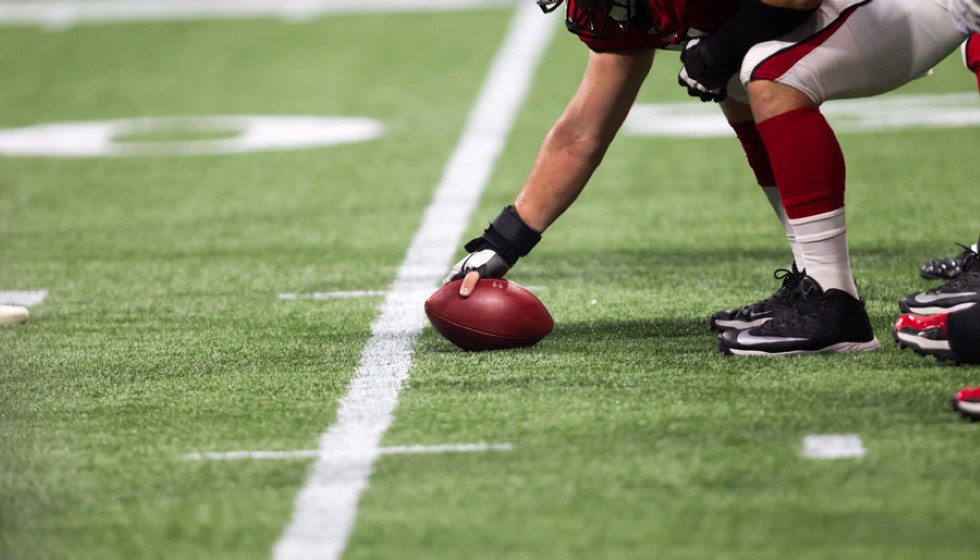
The 2024 NFL season marks a significant milestone in the evolution of player safety protocols, thanks to collaborative efforts between the NFL and the NFL Players Association (NFLPA). At the forefront of these advancements are the introduction and adoption of position-specific helmet models designed to cater to the unique demands and safety requirements of different roles on the field. This targeted approach to player protection underscores the league's commitment to enhancing player welfare, particularly in an era increasingly focused on the long-term health implications of contact sports.
Customized Protection for Every Position
Understanding that the game's nature subjects players to varied types and degrees of impacts, the distinction in helmet designs comes as a pivotal development. For instance, quarterbacks, who are often at the receiving end of high-impact hits, require helmets that not only offer superior protection but also maximize visibility. This dual necessity ensures that the most crucial position players are adequately shielded while maintaining optimal field vision.
Conversely, linemen, who experience repeated blows throughout a game, benefit from helmets designed to absorb and dissipate these forces efficiently. The goal is to minimize strain and prevent the accumulation of microtraumas that could potentially lead to more serious injuries over time. To address these differentiated needs, about eight top-rated helmets have been developed, each tailored to either quarterbacks or linemen, highlighting the emphasis on customization for safety.
Innovations Leading the Way
Among the advancements in helmet technology, Riddell's Axiom 3D model stands out. It exemplifies the innovative strides being made in developing equipment that goes beyond generic protection to address position-specific risks and challenges. The increasing interest in these specialized helmets, especially among linemen who have traditionally had fewer options tailored specifically for their role, is indicative of a shift towards a more protective and scientifically grounded approach to player equipment.
This movement gained additional momentum following an inquiry into an incident involving Patrick Mahomes, which sparked broader discussions on helmet safety and the need for continual improvement. The approval of specialized helmets for linemen in 2022 and quarterbacks in 2023 showcases the league's commitment to leveraging ongoing research and development efforts aimed at minimizing head injuries.
A Growing Trend and Future Developments
As the adoption of these position-specific helmets becomes more widespread, it's expected that the trend will expand to include customized protection for other roles, such as wide receivers and running backs. This evolution acknowledges the unique risk profiles and playing styles of different positions, with the overarching aim of ensuring player safety without compromising performance.
Technological advancements play a crucial role in this journey towards safer football equipment. Research teams are continuously exploring new materials, designs, and technologies that can offer better shock absorption, increased durability, and improved overall efficacy against the impacts inherent in football.
Jeff Miller, the NFL's executive vice president for health and safety, encapsulated the sentiment surrounding these developments, acknowledging the promising start but emphasizing the need for greater adoption, particularly among linemen. This comment underscores the belief that while significant strides have been made, the journey towards optimal player safety is ongoing, with much work still to be done.
Conclusion
The NFL's pivot towards position-specific helmets represents a critical step forward in player safety, reflecting a nuanced understanding of the game's physical demands and the varied risks faced by players in different roles. This tailored approach, backed by cutting-edge research and technological advancements, promises not only to enhance protection on the field but also to contribute to the sustainability of players' careers by minimizing injury risk. As the league continues to innovate and refine its safety protocols, the future of football looks both safer and more exciting, with players' health and well-being taking center stage.